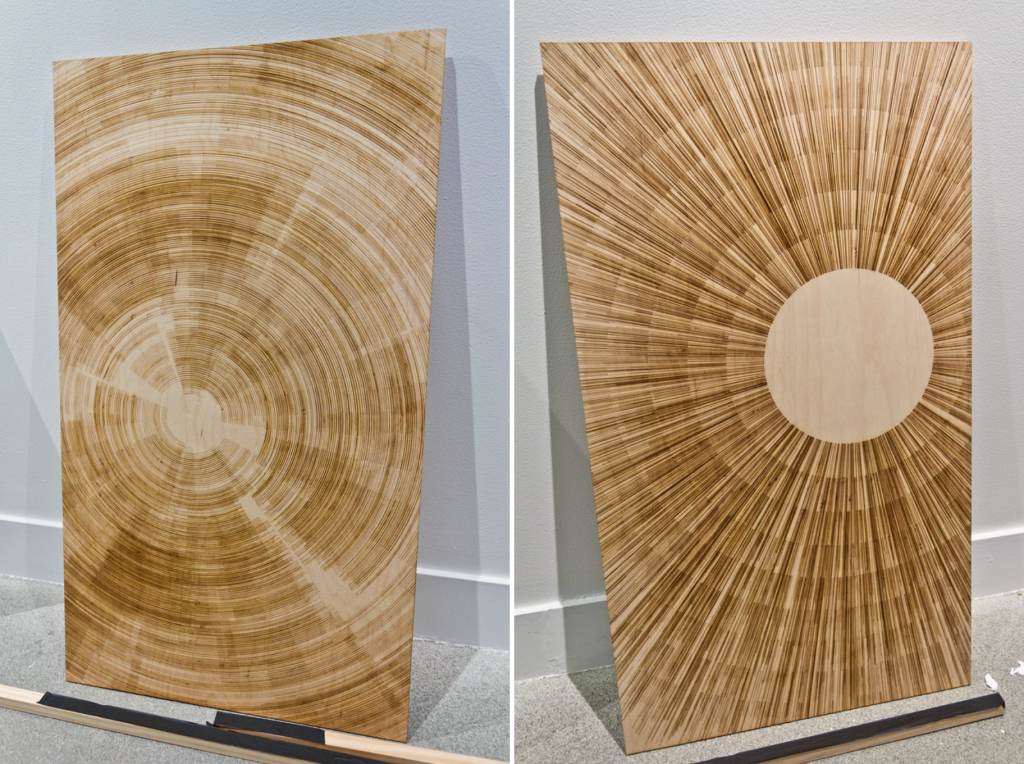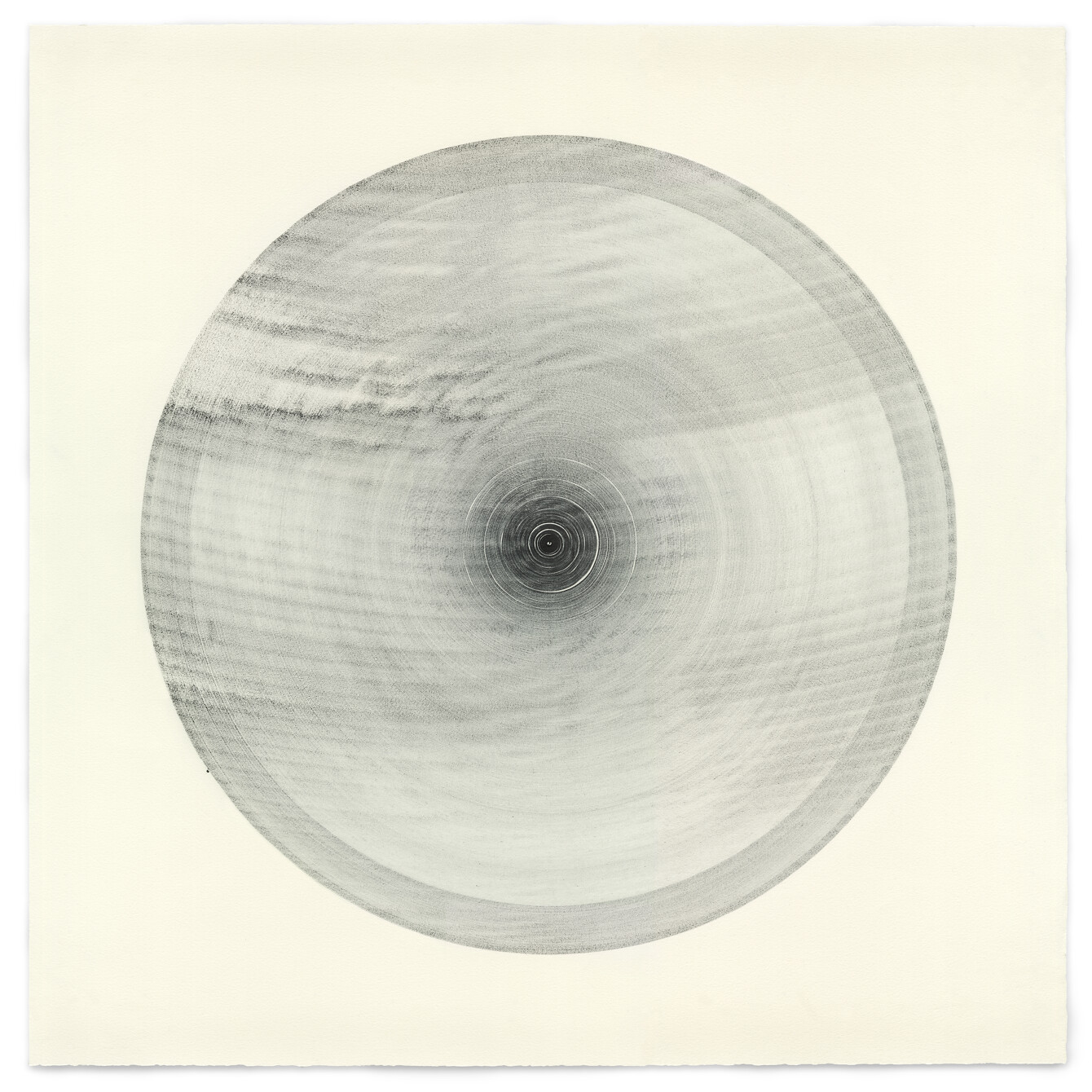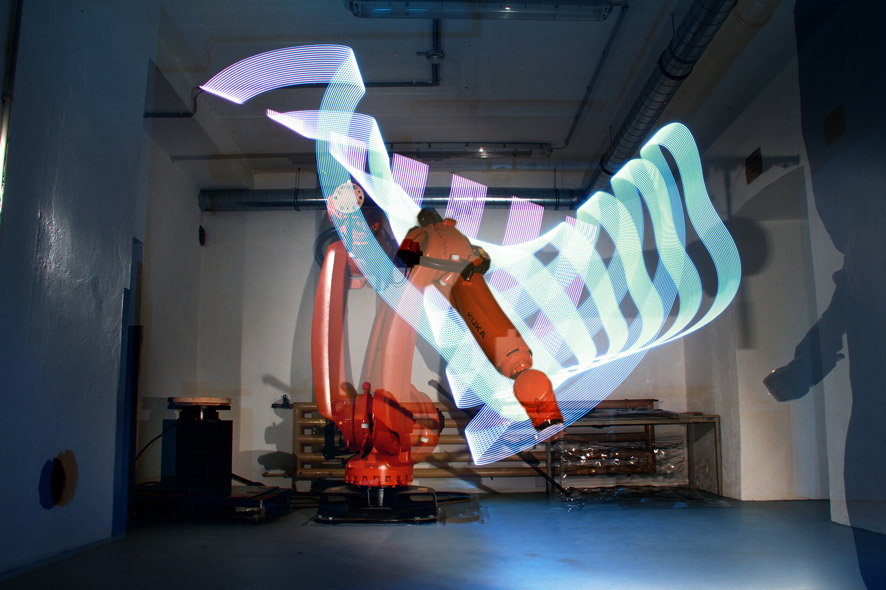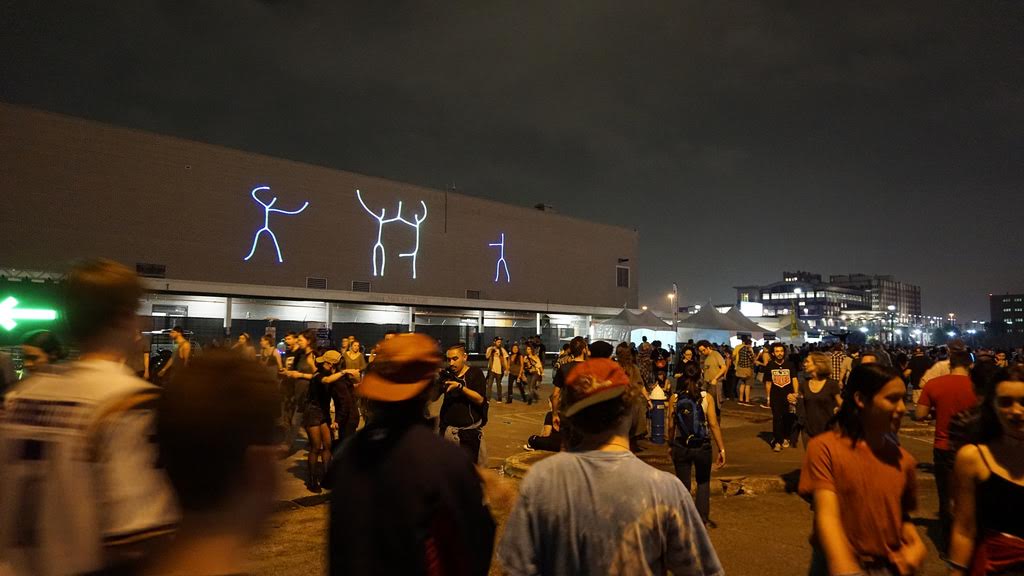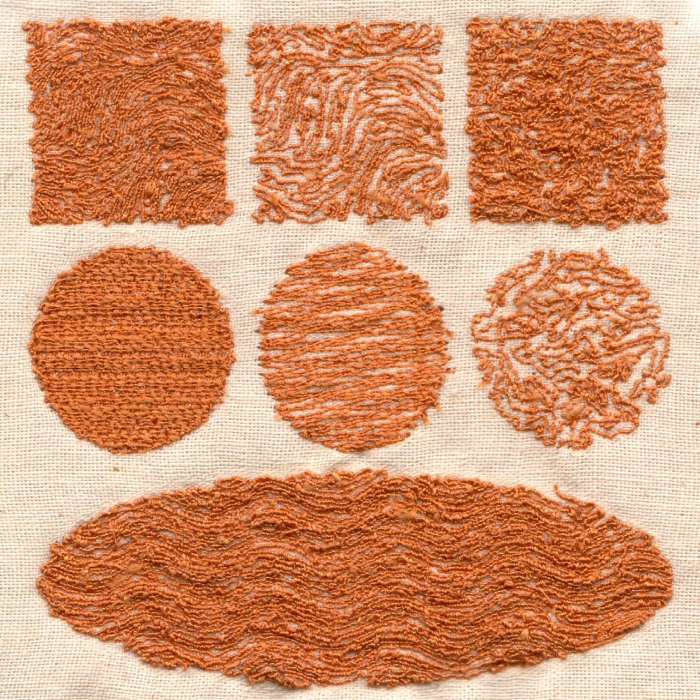Agenda
- Update about Class Visitors
- Beyond Plotters: Moving a Point Around in Other Media
- Computational Embroidery
- David Perry Presentation
- PEmbroider and SVG Hatching
Update about Class Visitors:
- David Perry (9/20, today)
- Iskra Velitchkova (9/27)
- Licia He (9/29)
- Jessica In (10/13)
- Sougwen Chung (11/3)
Beyond Plotters
The same logics that you are using to control a moving stylus on an AxiDraw plotter, can be used to control other forms of moving tools for other media.
For example, here is a project by former professor of Architecture at CMU, Pablo Garcia, using the CNC router in the School of Architecture dFab.
Here are some computational artworks by Marius Watz, which were engraved (burnt) into wood panels by a laser cutter:
Filament Sculptures (2014), by the mononymous Austrian artist Lia, are computationally generated forms in which she has allowed a 3D printer’s hot filament to droop in unpredictable ways. Each sculpture arises through a negotiation between virtual and physical parameters, articulated by the CAD model, 3D printer settings, and natural forces in the physical world.
Robot arms present a wide variety of opportunities. Ben Snell, a student in the CMU School of Art, created this drawing (about 3 feet wide) with the STUDIO’s robot arm in 2016:
Madeline Gannon, a graduate student in Architecture, used the STUDIO’s robot arm and a motion capture system to draw on moving surfaces in 2017:
[videopack id=”1018″]https://courses.ideate.cmu.edu/60-428/f2021/wp-content/uploads/2021/09/720p.mp4[/videopack]
Various people have also used robot arms for light painting. The second example is by CMU students Kevyn McPhail and Jeff Crossman, who in 2014 used an arm to plot 3D points and colors captured by a Kinect depth camera.
Lasers are points guided by a pair of galvanometer motors. Here’s a laser projection I created in 2016:
CNC Embroidery Machines
Which brings us to CNC embroidery. Here is an animation loop by Huw Messie, who graduated last year from the School of Art’s BFA program. (You can see more of his work here.)
[videopack id=”1023″]https://courses.ideate.cmu.edu/60-428/f2021/wp-content/uploads/2021/09/huw-1.mov[/videopack]
Huw is generating files for CNC embroidery machines using custom Processing and Python code. The STUDIO has created a Processing library to help make this possible, called PEmbroider. It is worth looking at some of the PEmbroider example projects.
David Perry, who graduated from CMU in 2020, has been using PEmbroider and other tools to do a deep investigation of expressive computational embroidery. David has also developed a kit for a DIY embroidery unit, the Embroidotron, that works with any sewing machine. David is here to give a presentation:
PEmbroider Demo
PEmbroider has sophisticated tools for creating hatches, and can export SVGs (for plotting) in addition to supporting embroidery formats.
